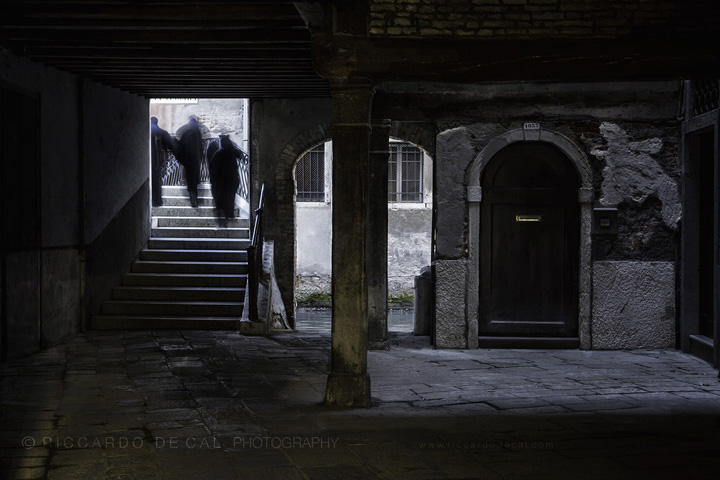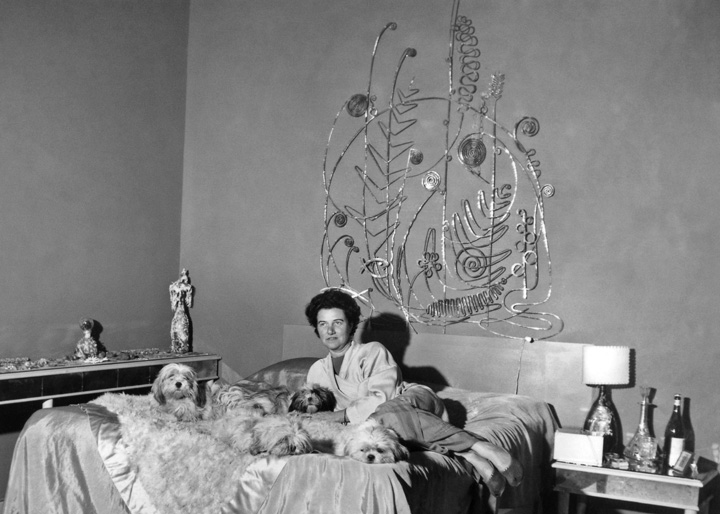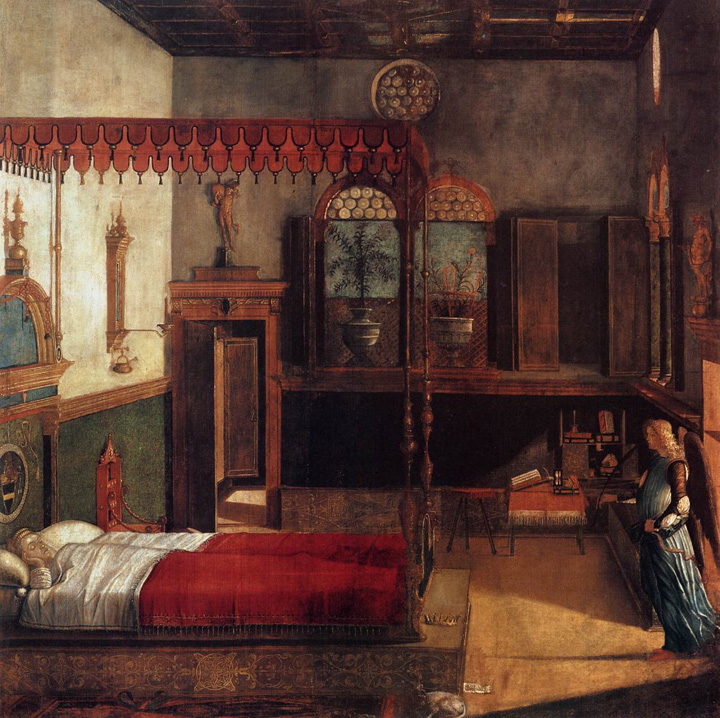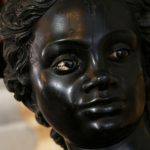“How can I help Venice?”
When thinking of her new book, “Dream of Venice Architecture“, JoAnn Locktov never let this difficult question slip away from her mind. The result is a fascinating work, the outcome of a sensational team of contributors accompanied by the original perspective of Riccardo De Cal’s photographs.
The profits of the book support the Querini Stampalia Foundation in Venice. But not just this. The content shapes your mind while reading it. And the photographs help you see the city as you might have never seen it.
The photography
I exchanged some words with the photographer and the editor and the project became pretty clear. Photos of Venice at night, in the winter, blurred in the fog or simply at dawn or from unusual aerial points of view. Silent.
Photos where the human presence if not totally absent is just part of the overall context. People lost and overwhelmed, camouflaged in the city, part of Venice. Sometimes ridiculously sized down by the powerful and massive presence of architecture and nature.
In these photos Venice does not belong to anyone, but to itself. De Cal writes: “I needed to represent a timeless Venice, without human figures that would otherwise historically contextualise the city.” And then he adds: “Overwhelmed by mass tourism and very low quality, Venice needed to be returned to its spirit.”
And yet, the book dedication is for them, for the Venetians. Even if these photos do not represent people, they are for them.
I loved the decision to represent the Campo Santa Maria Formosa in one of the first pages, in the dawn light. This is a square relatively close to St Mark’s square and, during day time, it turns into a metaphor of what Venice has become. A small cosmos. You will see groups of tourists stopping by with their guides, you will see people waiting at the stand to buy some fresh produce or going to the pharmacy. You will notice too many hotels and B&Bs all around. The house of the hero of Lepanto, the Doge Sebastiano Venier and the Renaissance church designed by Mauro Codussi. At a corner, the entrance of the Querini Stampalia Foundation will attract your attention with the marble steps preluding to your meeting with Carlo Scarpa, Mario Botta and Valeriano Pastor, as well as Giovanni Bellini. And then the children playing in the campo: soccer, hopscotch, colourful crayons, riding their bikes or scooters. In the meanwhile their parents chat by one of the old cisterns once collecting the rainwater.
The architects’ contributions
In Locktov’s project De Cal’s photos certainly enchant you, but let’s not forget they stem from written words and were inspired by those words. Locktov contacted notable architects and asked them to write about Venice. “Were you inspired by Venice in your work? What would you tell of this city?” These, in short, were the questions she asked. The photos came next.
And so here we start reading. The words by almost 40 professional architects of international level will offer you a varied and fascinating guide to Venice.
Architects that have worked in Venice leaving tangible evidence of their vision of Venice, such as Tadao Ando, Mario Botta, Valeriano Pastor, Michele De Lucchi, Annabelle Selldorf. But not just. You will also read about the personal experience of some architects that have studied and done research on Venice and its uniqueness. Some live here, some visited several times. Also one that has not been to Venice yet, leaving you wonder if you need to have been to Venice to be influenced by this city.
The focus on the contemporary Venice is always there, though. Don’t expect to be taught or to be led into a boring description of the different architectural styles. Present contamination is the leading concept, contamination of the past with the present, contamination of religious, political, artistic architecture. Different social classes. Open and enclosed spaces, or even borderless ground of negotiation. But the eye is always there, the nowadays and the future.
So here we read about St Mark’s Square and its Basilica. The role of technology and industry. Carlo Scarpa and his work at the Olivetti showroom, at the Querini Stampalia and at the Biennale Gardens. Minor architecture, doors, tunnels, high water, the Fenice Opera House. Even the airport at the Lido island. A famous hotel. Libraries, The light. Mosaics and landscape. And much more.
A dream for the future
When asked what work of art she would connect to dreaming and Venice, Locktov responded mentioning one of my favourite pieces at the Peggy Guggenheim Collection, i.e., the silver headboard designed for Peggy by Alexander Calder. Who knows which dreams Peggy must have had, while sleeping close to the shining dragonflies or fishes. And while I was thinking of the Dream of St. Ursula by Vittore Carpaccio where she’s being announced the martyrdom, I realised this is the dilemma of Venice, a city struggling between the nightmare of failure and the chimera of a perfect beauty, searching for a dream to come true beyond rhetorics.
by Luisella Romeo
registered tourist guide in Venice, Italy
www.seevenice.it















Thank you for this beautiful review Luisella and acknowledging our work. There were so many people involved in the creation of this book, and we all want your city to survive. I hope the passion that fueled the book is contagious, and our dreams will become reality.
Thank you for leaving this comment! I always try in my blog to talk about Venice today and what we can do for the city. I loved your project from the start! Keep doing the good work and thank you for all you do 🙂
Luisella – this was a great post. I can see you creating a tour based on the book and photographs. The photos by Riccardo De Cal and the snippets from JoAnn Locktov’s book in your post make me want to buy the book.
Dear Rob, it’s indeed a great work and I think it’s also a nice present for anyone planning a trip to Venice that desires to move away from a stereotypical view of this city. You and Gail will love it!